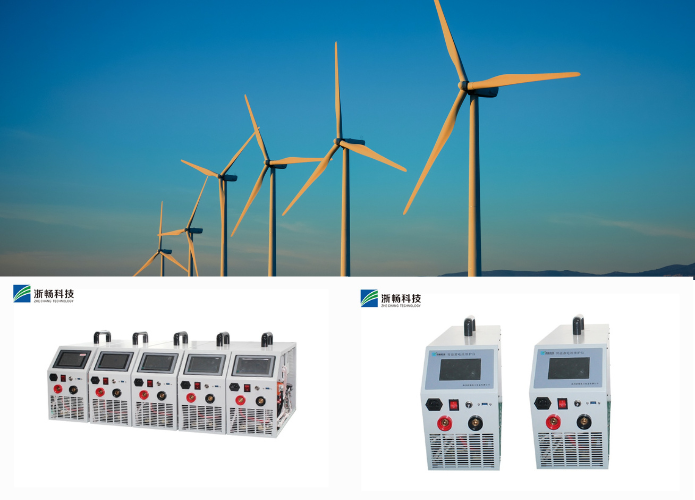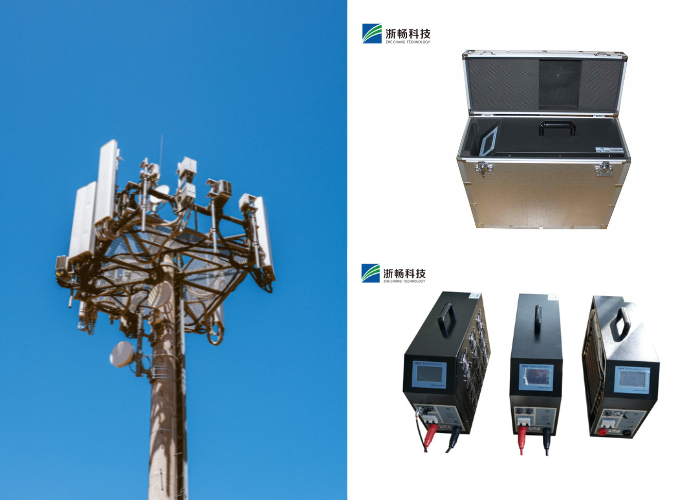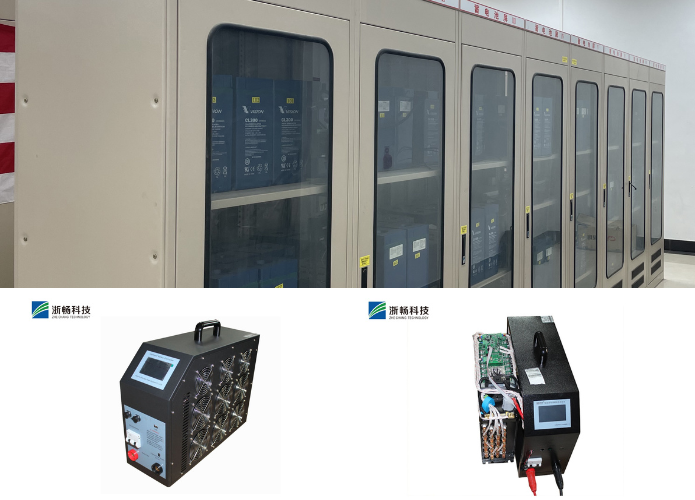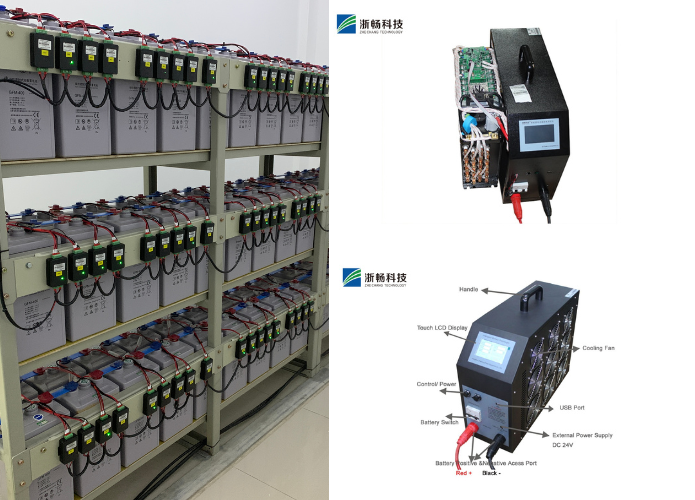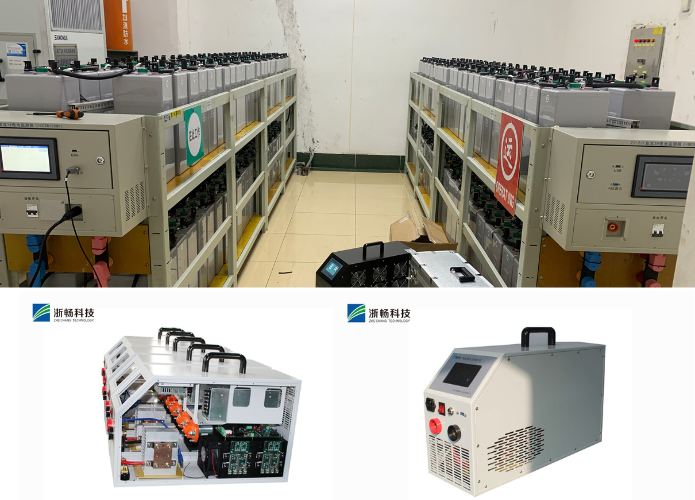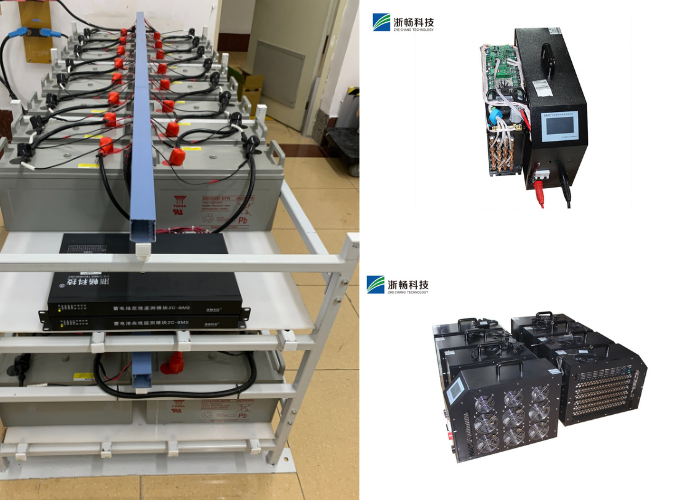The Key to Improving Battery Life: Analysis of Advanced BMS Technology
Introduction: Understanding Battery Life and BMS Technology
In today's rapidly advancing world, energy storage has become a critical component across various industries, from electric vehicles (EVs) to consumer electronics. The longevity and performance of these batteries are paramount to the success of these technologies. One of the most influential factors in determining battery life is the Battery Management System (BMS), an essential element in optimizing battery performance, safeguarding it from damage, and prolonging its lifespan.
A Battery Management System (BMS) serves as the brain of the battery pack, ensuring that it operates safely and efficiently. By monitoring individual cells, the BMS optimizes the charging and discharging cycles, protects against overcharging, deep discharging, and temperature extremes, and balances the charge across cells. In this blog, we will delve into the world of advanced BMS technology, how it improves battery life, the cutting-edge innovations that are shaping the future of battery management, and the various industries that benefit from these technologies.
What is a Battery Management System (BMS)?
At its core, a Battery Management System (BMS) is a set of electronic circuits that manage and monitor a battery pack's performance. It is designed to ensure the battery operates within safe parameters and maintains optimal performance throughout its life cycle. The main functions of a BMS are:
- Cell Monitoring and Protection: It monitors each battery cell’s voltage, temperature, and current to ensure they are within safe operating limits.
- State of Charge (SOC) and State of Health (SOH) Monitoring: The BMS tracks the battery's charge level (SOC) and its overall health (SOH), which is a key indicator of battery life.
- Cell Balancing: The BMS ensures that each cell in a battery pack is equally charged to prevent overcharging or undercharging, which can lead to cell degradation.
- Temperature Regulation: By monitoring the temperature, the BMS can initiate cooling or heating measures to prevent overheating or freezing, which can shorten battery life.
- Communication: The BMS communicates with the external system (such as an EV or a power storage unit) to report battery status and adjust the charging and discharging protocols as necessary.
With the increasing demand for energy storage solutions, advancements in BMS technology are critical to improving battery life and performance. The next section explores how these advancements are making a difference.

Advanced BMS Features: Enhancing Battery Life
Recent innovations in BMS technology have made significant strides in improving battery life. These advancements are primarily focused on enhancing safety, performance, and the overall lifespan of the battery pack. Below, we explore some of the key features of advanced BMS technology that directly contribute to battery longevity:
a. Cell Balancing Techniques
Cell balancing is one of the most important functions of a BMS. It ensures that all the cells in a battery pack are charged and discharged equally, which helps in maintaining a stable and consistent voltage level across the entire pack. Without proper cell balancing, some cells may become overcharged or undercharged, leading to reduced battery life or even dangerous situations like thermal runaway.
- Passive Balancing: In passive balancing, excess energy from overcharged cells is dissipated as heat through resistors. While simple and cost-effective, it is less energy-efficient and generates unnecessary heat.
- Active Balancing: In active balancing, the energy from overcharged cells is redistributed to undercharged cells. This method is more energy-efficient and minimizes the heat generated. As a result, active balancing significantly improves battery life and energy utilization.
Advanced BMS systems now integrate sophisticated algorithms for dynamic balancing, ensuring cells remain balanced throughout their lifecycle, which directly contributes to improved performance and longer lifespan.
b. Advanced State of Charge (SOC) Estimation
The State of Charge (SOC) indicates how much charge is remaining in a battery, and it is a critical factor in managing charging cycles and preventing battery overcharging. Traditionally, SOC estimation relied on simple voltage measurements, but this method can be inaccurate, particularly for lithium-ion batteries.
Recent advances have made SOC estimation more accurate by incorporating advanced algorithms, such as Kalman filters, which combine multiple sources of data (voltage, current, and temperature) to provide a more precise estimate of the battery's charge level. Accurate SOC tracking prevents overcharging and deep discharge, both of which significantly shorten a battery's lifespan.
c. State of Health (SOH) Monitoring
The State of Health (SOH) of a battery refers to its overall condition, reflecting its ability to hold charge relative to its original capacity. As batteries age, their internal chemistry degrades, reducing their performance and capacity.
Advanced BMS technologies now use sophisticated diagnostic tools to track the battery’s SOH over time. These systems can predict when the battery is nearing the end of its useful life, enabling users to take preventive actions or replace the battery before it causes system failure.
This early detection is essential for industries that rely on batteries for critical applications, such as electric vehicles (EVs), where an unexpected battery failure can have significant consequences.
d. Temperature Management Systems
Batteries are sensitive to temperature fluctuations, and prolonged exposure to high or low temperatures can drastically reduce their lifespan. Advanced BMS technologies now feature real-time temperature monitoring and control mechanisms, which help regulate battery temperature during charging and discharging cycles.
- Active Cooling Systems: These systems use fans or liquid cooling to regulate battery temperature during intense charging or discharging operations. This helps maintain optimal operating conditions, reducing the risk of overheating.
- Thermal Management Algorithms: BMS systems now employ advanced algorithms that can adjust the battery’s charging or discharging rate based on the temperature, further enhancing the battery's performance and longevity.
By preventing overheating and extreme cold conditions, these temperature management features help ensure the battery remains in optimal condition, extending its usable life.
BMS in Electric Vehicles (EVs)
Electric vehicles (EVs) are one of the industries where advanced BMS technology is making a significant impact. The BMS plays a pivotal role in ensuring the efficient operation of EV batteries, which are expensive and crucial for the performance of the vehicle.
a. Battery Life in EVs
Battery life is one of the most important considerations for EV manufacturers and consumers. A well-designed BMS can significantly enhance the battery's overall lifespan by optimizing charging and discharging cycles, managing temperature, and preventing overcharging or deep discharging. Advanced BMS systems in EVs also help improve driving range, as they allow the battery to operate efficiently, ensuring that every bit of stored energy is used effectively.
b. Fast Charging and Battery Protection
Another important feature of BMS technology in EVs is its ability to protect the battery during fast-charging sessions. Rapid charging can generate significant heat and cause thermal stress on the battery. A smart BMS manages charging protocols and monitors temperature to prevent damage to the battery during fast charging, ultimately improving the overall lifespan of the EV's battery.
Future Trends in BMS Technology
As battery technologies continue to evolve, the BMS systems that manage them will also become more sophisticated. Some key trends we can expect in the future include:
a. AI-Driven BMS
Artificial Intelligence (AI) and machine learning are expected to play a significant role in future BMS systems. AI algorithms will be able to predict and optimize battery performance based on real-time data and historical usage patterns. This will allow for even more efficient management of battery health, charging cycles, and temperature, further extending the life of the battery.
b. Wireless BMS
Wireless communication in BMS systems is an emerging trend that offers greater flexibility in battery management. Wireless BMS solutions will allow for more complex battery configurations and easy integration with IoT systems, enabling remote monitoring and management of battery packs, even in large-scale energy storage systems or fleets of EVs.
c. Solid-State Battery Integration
As solid-state batteries continue to gain traction, the BMS will need to adapt to the new chemistry and characteristics of these next-generation batteries. Solid-state batteries promise higher energy densities, faster charging times, and improved safety, but they require a more advanced BMS to monitor and optimize their performance effectively.

Conclusion
Battery life is one of the most important factors affecting the performance and viability of modern energy storage technologies. Advanced BMS technology plays a critical role in improving battery longevity, efficiency, and safety. With the integration of cutting-edge features like active cell balancing, AI-driven algorithms, and advanced temperature management, BMS technology is paving the way for more reliable, efficient, and longer-lasting batteries.
As industries like electric vehicles, renewable energy storage, and consumer electronics continue to grow, the importance of robust BMS systems will only increase. The ongoing development of these systems ensures that batteries will continue to power the technologies of the future, with greater efficiency and longer lifespans, benefiting consumers and industries alike.
Popular Battery Tester
Popular Battery Tester
Latest News
Latest News
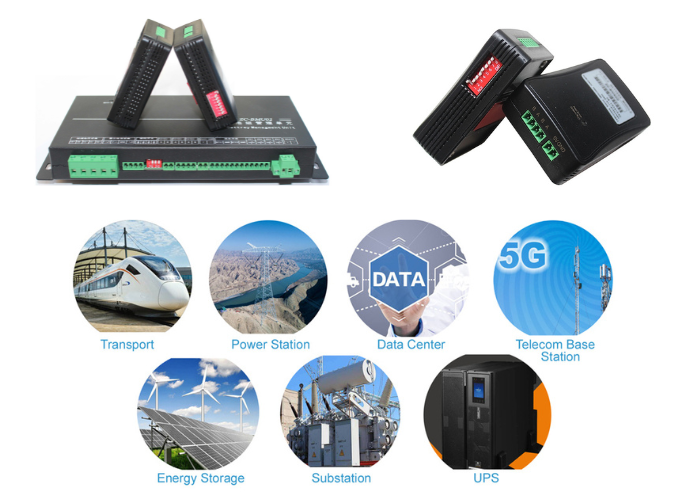
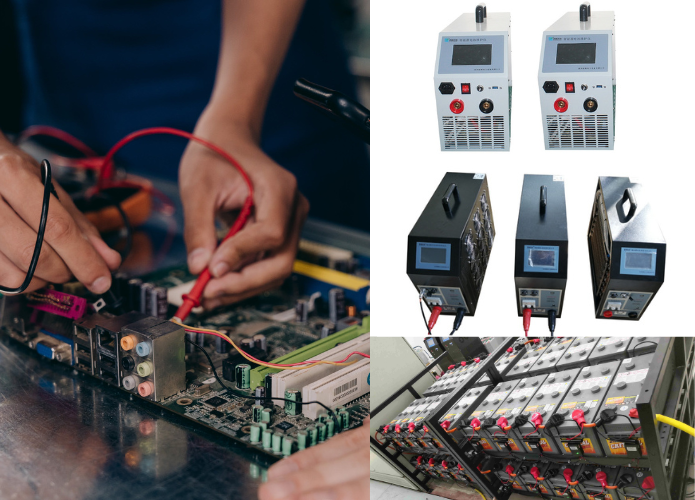
Get Price of Battery Tester
Get Price of Battery Tester
Address:
Floor 3, Building 1, No.1418-60, Moganshan road, Hangzhou city, Zhejiang Province, China.310015






